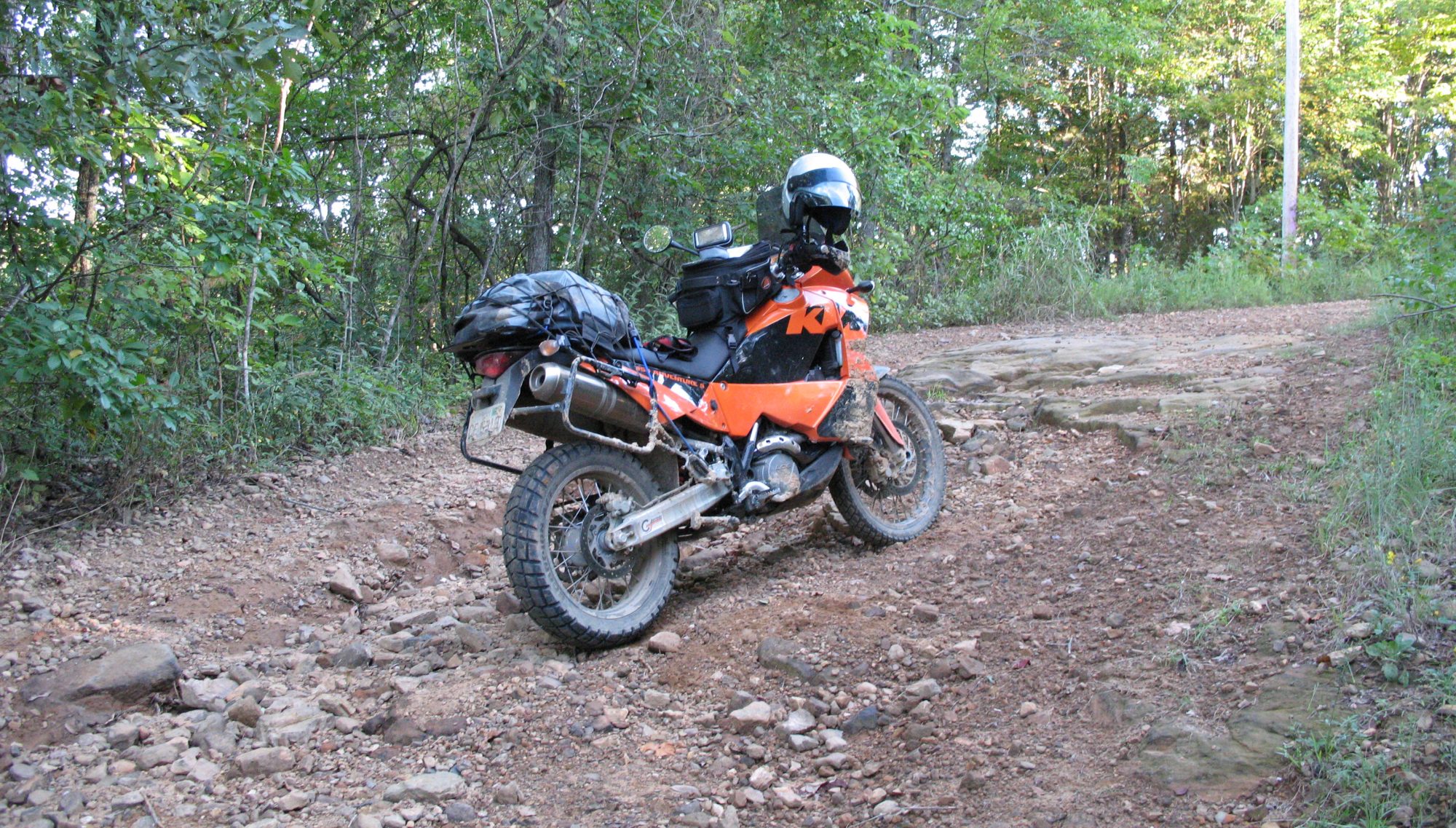Now that the Bianchi is road-worthy, it’s time for the next project. A road bike, with a reasonably current frame, groupset, wheels, pedals, etc. Ultimately, the frame may be replaced with a different one – it could be carbon fiber (but probably not), or it could be a vintage lugged steel frame (much more likely).
But for now, the frame is a Cannondale CAAD8. It’s BBQ (flat black) with the full carbon premium Slice fork. In excellent shape, this should be a good starting point for the build.
The groupset is a 2010-11 full Campagnolo Veloce in black. I wanted the ultra-shift brifters, and the ultra-torque cranks and this was the best way for me to get those components.
I chose Boyd Vitesse wheels with 24F and 28R spoke counts.
The seatpost is an Alloy Fizik Cyrano, and the saddle is a Selle SMP Pro.
Here’s what I still need to decide on:
1. pedals
2. stem
3. handlebar
I’m going to stay with SPD-compatible pedals so that I don’t need to buy shoes AND pedals. I’m not racing the TDF, so the fact that they’re not purely road pedals is unimportant to me.
Once the Bianchi is completely dialed-in, I will take some measurements and that should take care of the stem decision.
If things progress as expected, I should be taking the first ride sometime in April or May. Since I’ve never built a bike from components, this will be a learning experience along the way.
Follow along, and we’ll see how it goes.













